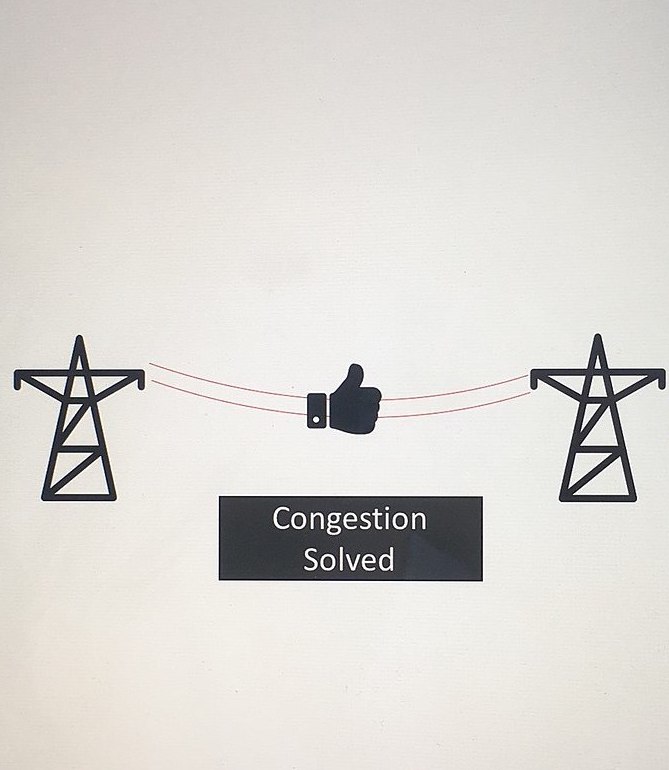As Japan plans more solar and wind capacity, attention is focusing on grid solutions to help accommodate the intermittency of some renewables supply. The big-picture vision in the recently released draft of the Power System Master Plan for 2050 Japan calls for as much as ¥7 trillion in investments to decarbonize the system.
There are solutions, however, that could bolster the use of renewables without an entire system rebuild or the installation of new, bigger transmission lines. One solution relies on the same thing that generates renewable power in the first place: the weather.
A technology called dynamic line-rating (DLR) can improve the capacity to transmit electricity of an existing transmission line by adjusting throughput based on outside temperature and other conditions. By adding sensors to cables, a grid operator can determine how much electricity volume the lines can safely carry without overheating.
More use of variable energy sources causes fluctuations in electricity transmission flows and peaks that are more pronounced than in conventional energy systems. Tech such as DLR can provide a low-cost solution that could add a few percentage points to efficiency without waiting years for big-budget public works to revamp the system.

